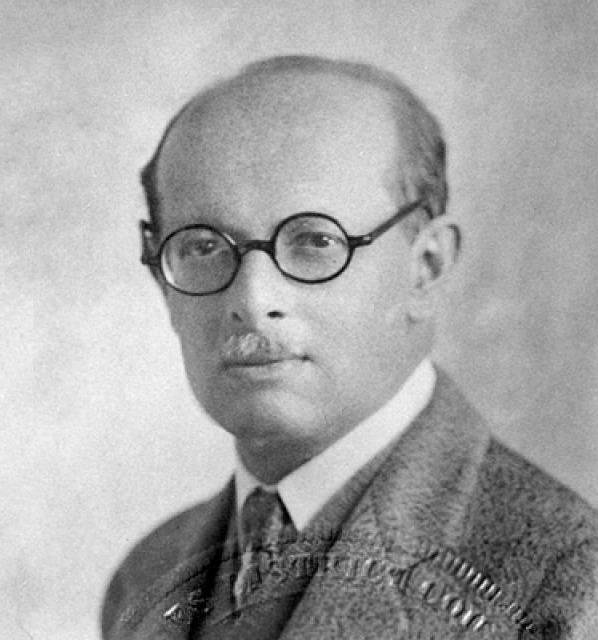Nationality German | Name Julius Lilienfeld | |
 | ||
Born April 18, 1882Lemberg, Galicia, Austro-Hungarian Empire ( 1882-04-18 ) Residence Austria-HungaryGermanyUnited States Citizenship Austro-Hungarian (1882-1934)American (1934-1963) Institutions Leipzig UniversityAmrad, IncErgon Research Laboratories Alma mater Friedrich-Wilhelms-Universitat Other academic advisors Jacobus Henricus van 't Hoff Died August 28, 1963, Charlotte Amalie, United States Virgin Islands Fields Physicist, Electronic engineering Similar People Max Planck, Emil Warburg, Jacobus Henricus van 't Hoff, Albert Einstein | ||
APS Julius Edgar Lilienfeld Prize 2013
Julius Edgar Lilienfeld (April 18, 1882 – August 28, 1963) was an Austro-Hungarian-born German physicist and electronic engineer. He was born to a Jewish family in Lemberg in Austria-Hungary (now called Lviv in Ukraine) and moved to the United States in the early 1920s (he became an American citizen in 1934). Lilienfeld is credited with the first patents on the field-effect transistor (1925) and electrolytic capacitor (1931).
Contents
- APS Julius Edgar Lilienfeld Prize 2013
- Junctionless transistor
- Education
- Career
- Personal life
- Lilienfelds patents
- References
Junctionless transistor
Education
Between 1900 and 1904, Lilienfeld studied at the Friedrich-Wilhelms-Universitat (renamed Humboldt University in 1949), in Berlin, where he received his Ph.D. on February 18, 1905. In 1905 he started work at the physics institute at Leipzig University.
Career
Lilienfeld's early career was at the University of Leipzig, where he conducted important early work on electrical discharges in "vacuum", between metal electrodes, from about 1910 onwards. His early passion was to clarify how the phenomena changed as vacuum preparation techniques improved. More than any other scientist, he was responsible for the identification of (presently named) field electron emission as a separate physical effect. (He called it "auto-electronic emission", and was interested in it as a possible electron source for miniaturised X-ray tubes, in medical applications.) Lilienfeld was responsible for the first reliable account in English of the experimental phenomenology of field electron emission, in 1922. The effect was explained by Fowler and Nordheim in 1928.
Lilienfeld moved to the United States in the early 1920s, originally in order to defend patents he possessed, and then made a scientific/industrial career there.
Among other things, he invented an "FET-like" transistor and the electrolytic capacitor in the 1920s. He filed several patents describing the construction and operation of transistors, as well as many features of modern transistors. (US patent #1,745,175 for a FET-like transistor was granted January 28, 1930.) When Brattain, Bardeen, and their colleague chemist Robert Gibney tried to get patents on their earliest devices, most of their claims were rejected due to the Lilienfeld patents.
The optical radiation emitted when electrons strike a metal surface is named "Lilienfeld radiation" after he first discovered it close to X-ray tube anodes. Its origin is attributed to the excitation of plasmons in the metal surface.
The American Physical Society has named one of its major prizes after Lilienfeld.
Personal life
Lilienfeld emigrated to the United States in 1927 and became a United States citizen in 1934. He married an American, Beatrice Ginsburg, in New York City on May 2, 1926. They lived in Winchester, Massachusetts, while Lilienfeld was director of the Ergon Research Laboratories in Malden, Massachusetts. In 1935, he and his wife built a house on St. Thomas in the U.S. Virgin Islands in hope of escaping an allergy associated with wheat fields, from which Lilienfeld had suffered for most of his life. Lilienfeld frequently traveled between St. Thomas and various mainland locations and continued to test new ideas and patent the resulting products.
